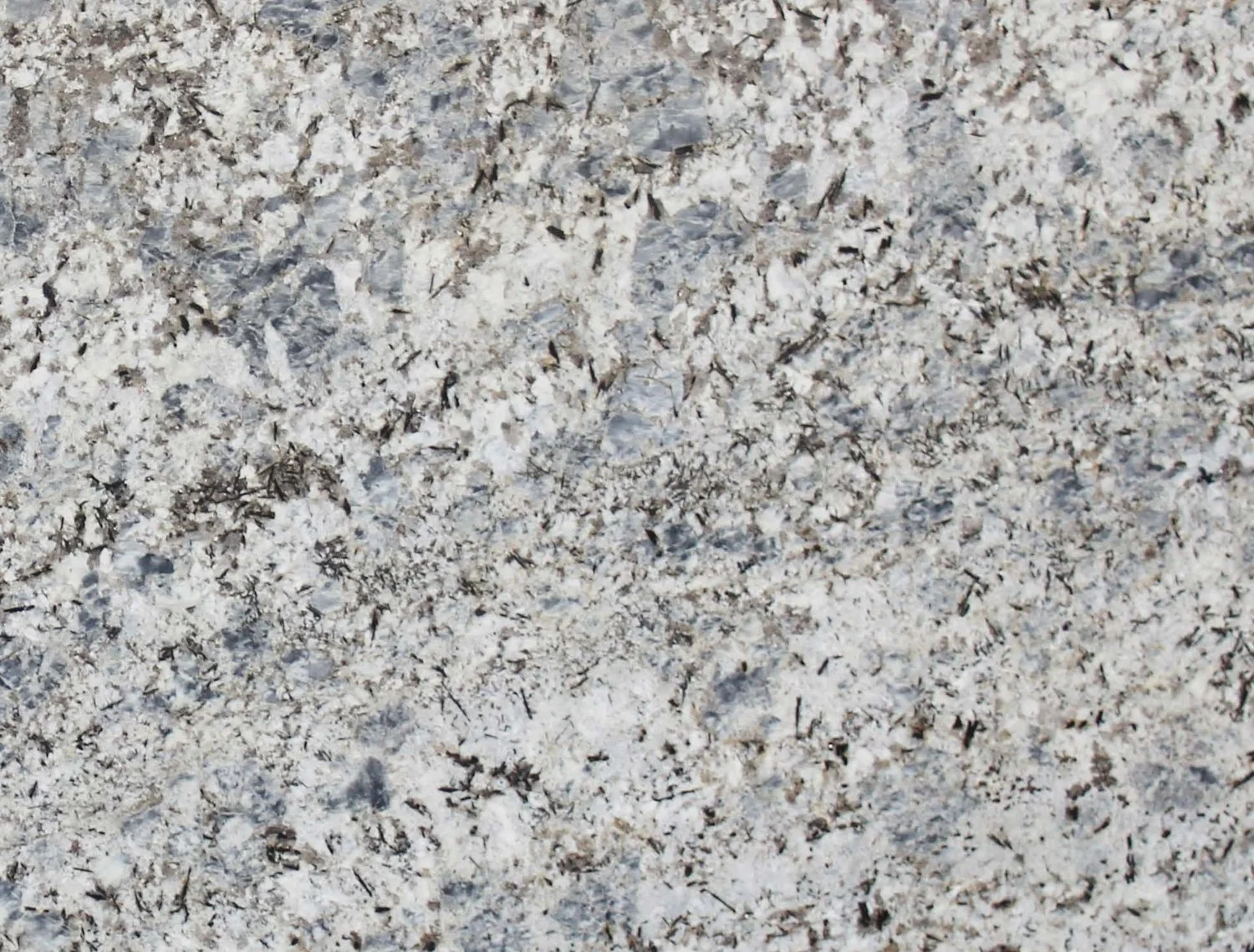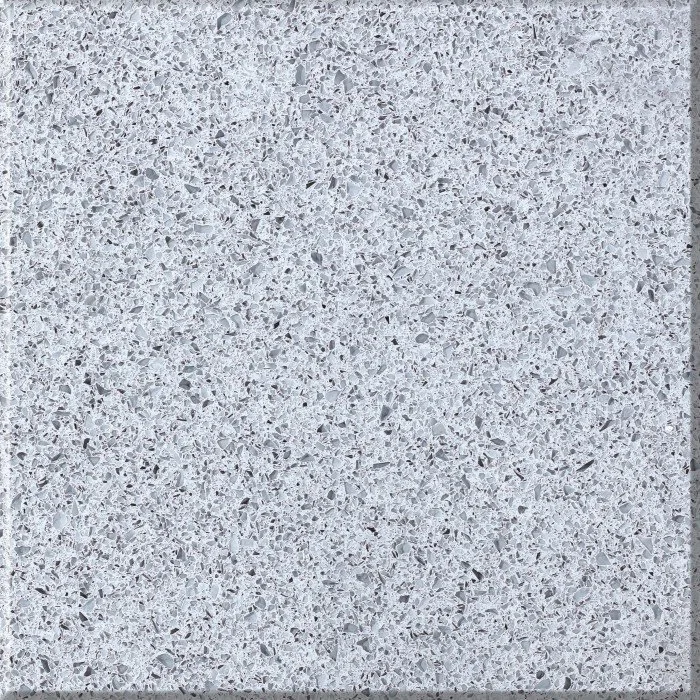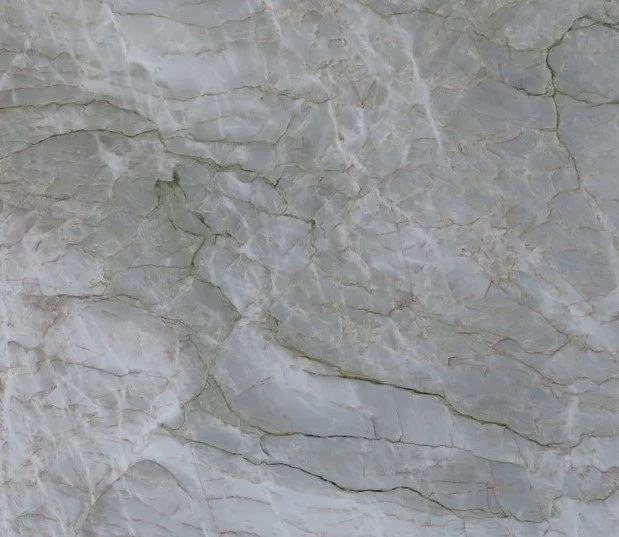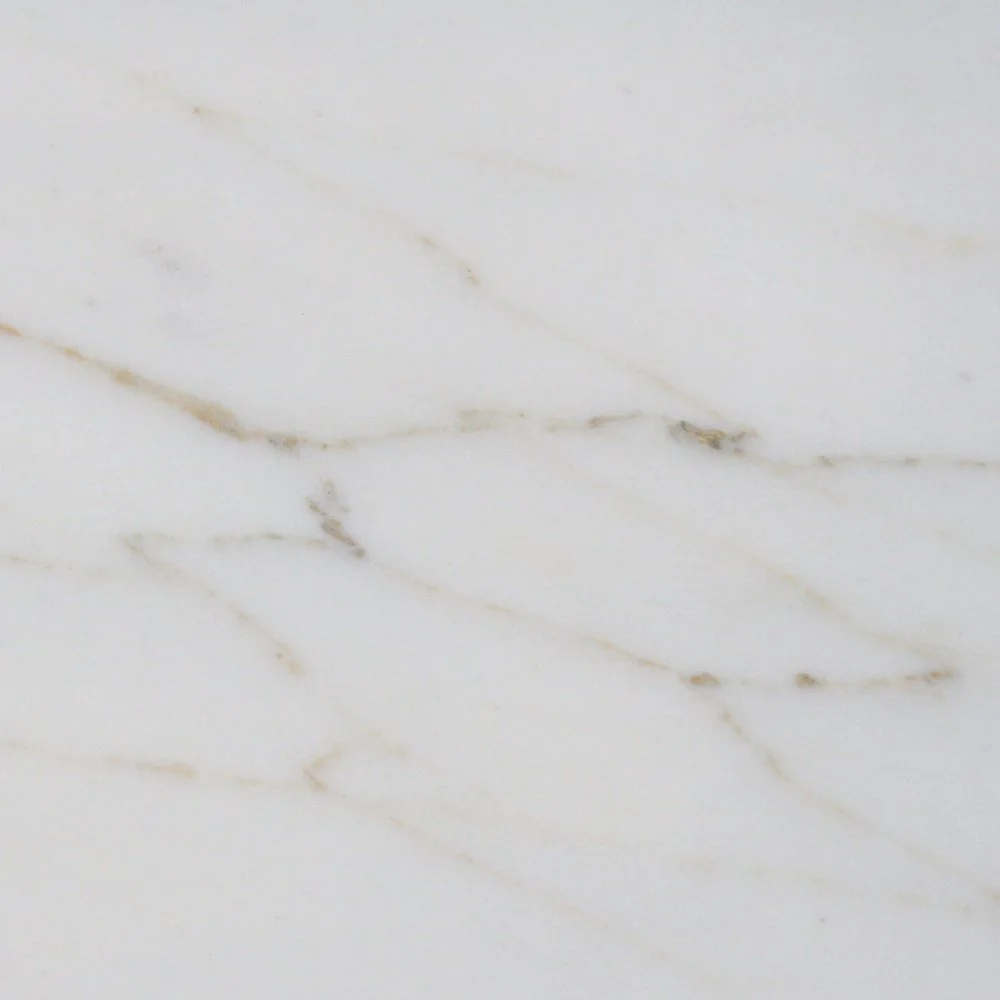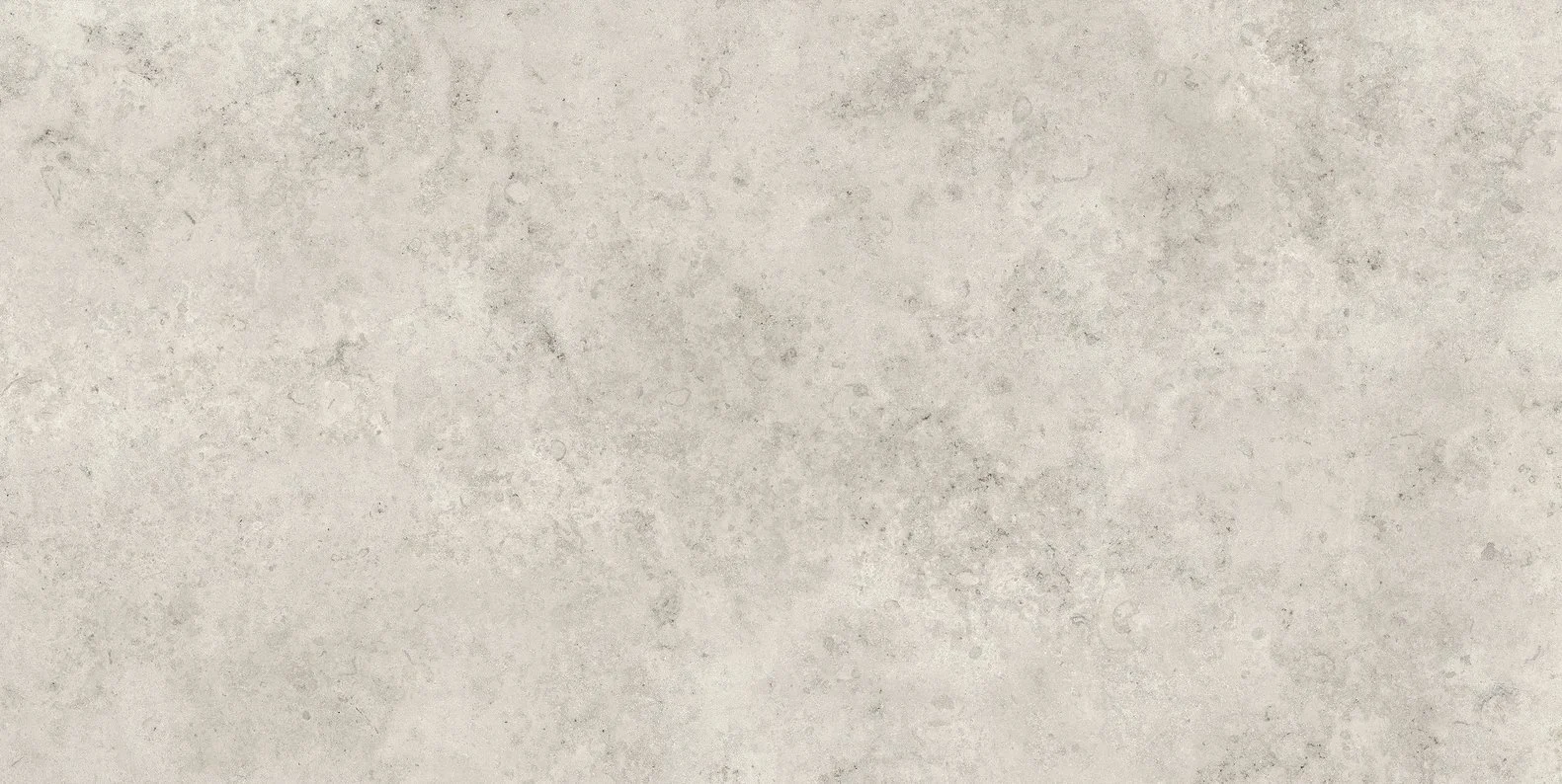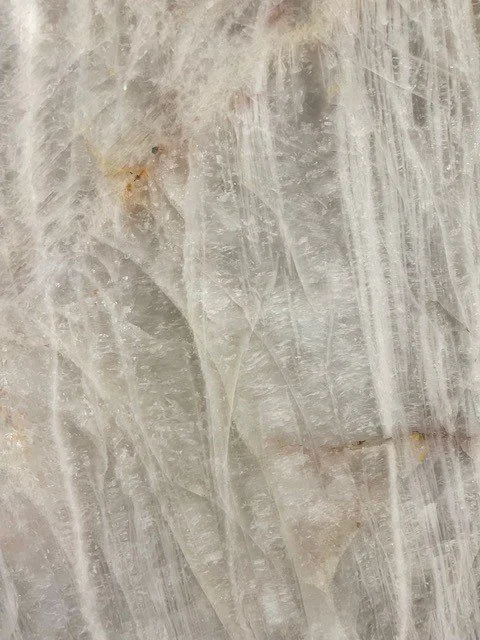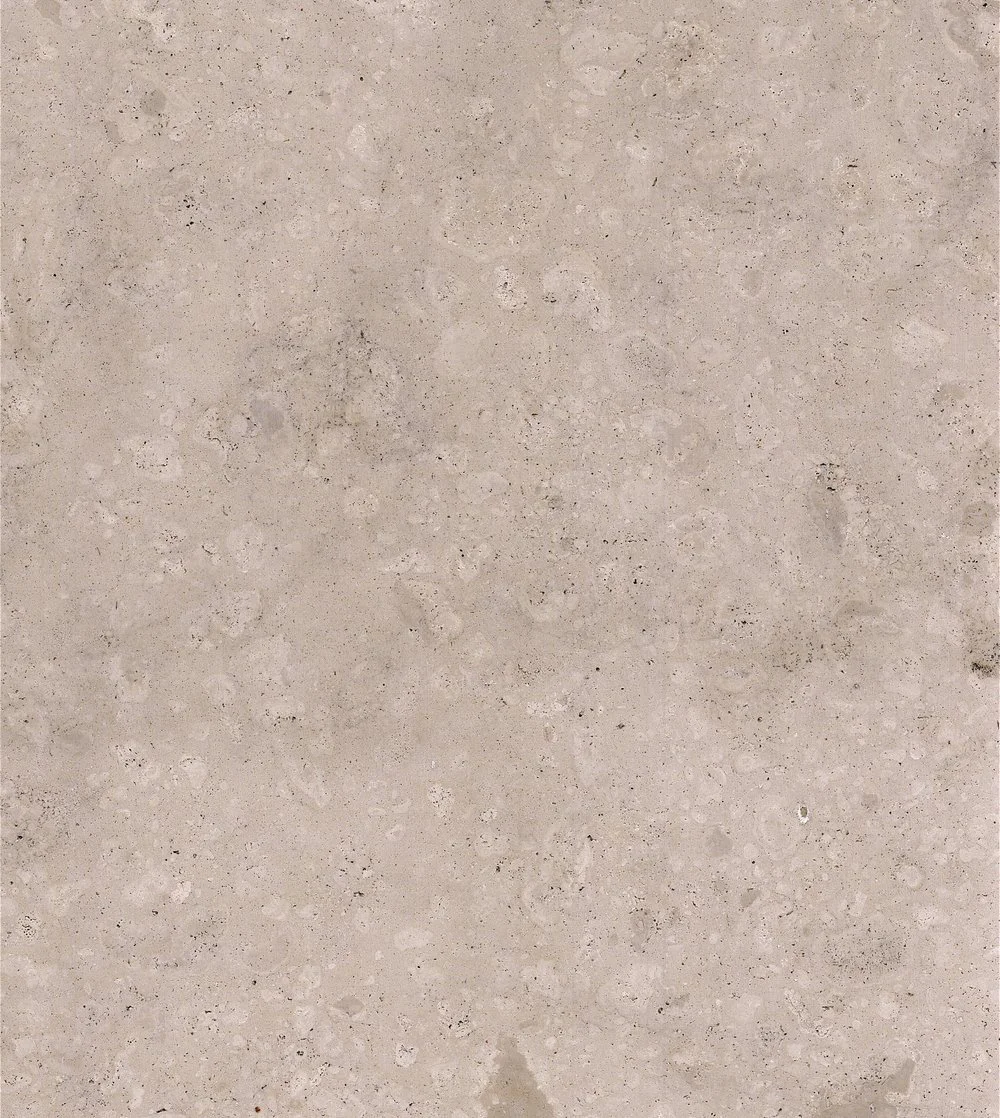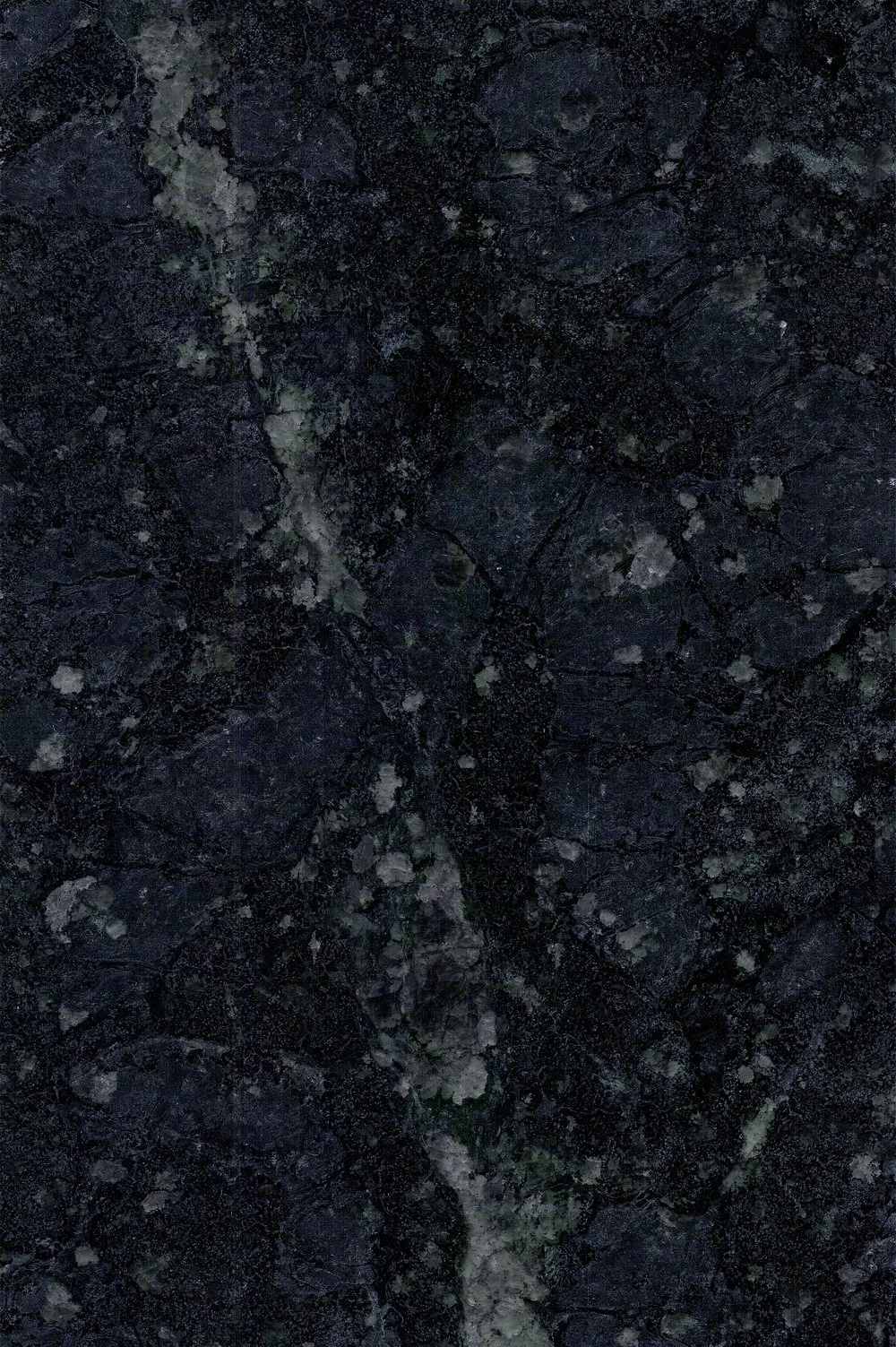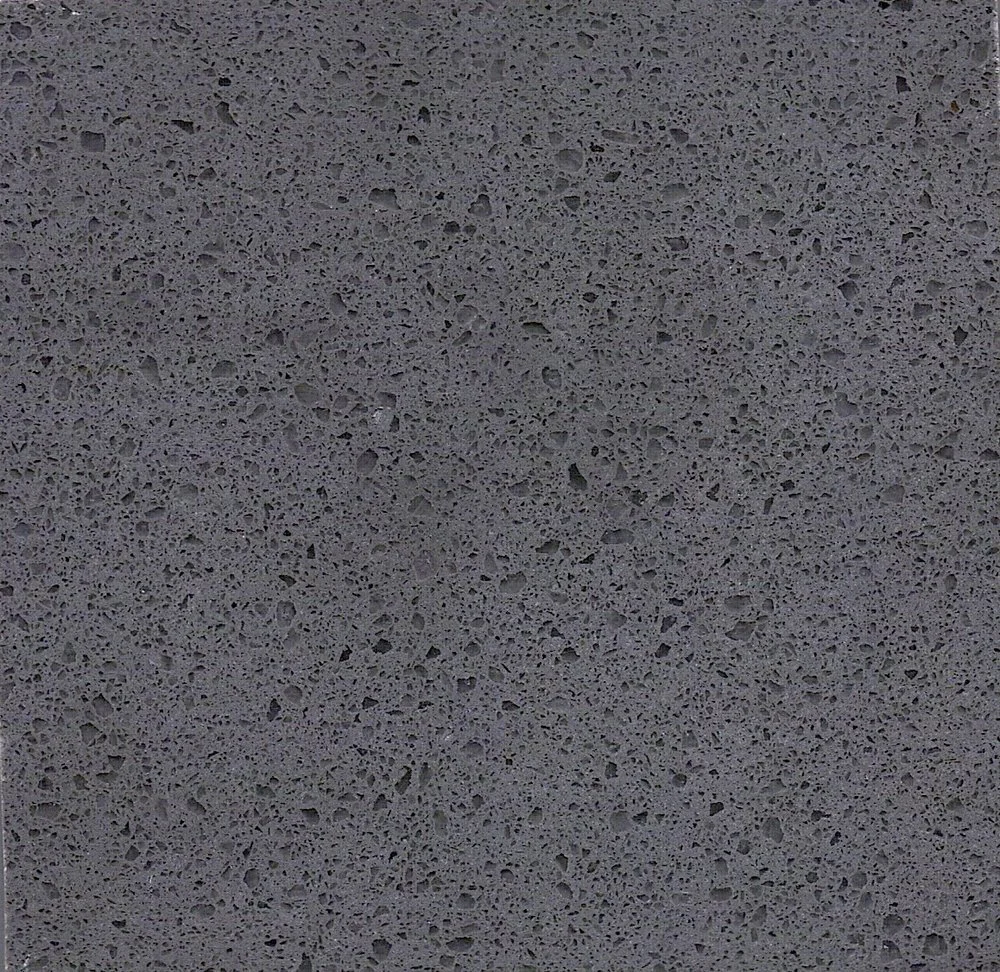Inventory
Available stone types include granite, quartz, quartzite, marble, limestone, onyx, travertine, soapstone, slate, and more.
GRANITE
Granites are mainly made up of mica, feldspar, and quartz. Additional minerals and trace elements give the stone a stunning array of possible colors. Granite’s hardness and durability make it optimal for heavy-duty uses, such as flooring, countertops, and vanities. The stone’s natural resistance to weathering also makes it an ideal choice for outdoor uses.
quartz
Quartz is a line of engineered stone that combines nature's beauty with science's durability. Quartz surfacing is extremely solid and non-porous, characterized by its resistance to scratching and staining, and overall durability.
quartzitE
Quartzite is 90-99% silicon dioxide and other minerals, including iron dioxide and impurities of magnetite, rutile, and zircon. Trace element residue promotes color variation, while its hardness makes it ideal for flooring, countertops, backsplash, wall applications, showers, furniture, and outdoor use.
MARBLE
Marble is made of recrystallized limestone or carbonate minerals, such as calcite and dolomite. The original limestone's hidden impurities (such as sand, silt, clay, magnesia, silica, or iron oxides) are actually what give marble its exquisite array of colors combined with characteristic swirls and veins.
Marble is an elegant choice for flooring, wall tiles, bathroom vanities, showers and tub decks, countertops, and other surfaces. Marble is a softer and more porous surface than granite or quartz so it can wear slightly. Part of marble’s charm is its changing luster as it ages.
LIMESTONE
Limestone is a sedimentary rock formed from mineral fragments and organic materials that have bonded over millions of years in Earth’s bedrock. It is primarily composed of calcite which gives limestone its characteristic streaking, though variations of other elements usually present in limestone such as aragonite, clay, silica, quartz, sand, or coral add to its distinctive characteristics.
ONYX
Onyx refers to a category of stones that are made of layered bands of light-colored or translucent minerals. Most slabs of onyx are what a geologist would call banded calcite. This same material also goes by the names onyx marble, Mexican onyx, or Egyptian alabaster.
TRAVERTINE
Travertine is a type of limestone that is formed through the precipitation of calcium carbonate from mineral springs. Its distinctive appearance is characterized by its porous surface, which often features intricate patterns and earthy hues.
Travertine is renowned for its timeless beauty and versatility, making it a popular choice for various architectural and design applications.
SOAPSTONE
Soapstone is a metamorphic rock composed of talc, quartz, and various other minerals, created when the subduction of tectonic plates causes a dramatic shift in heat and pressure. Our soapstone pieces usually range from light to dark grey tones. Its characteristic veining gives soapstone a classic yet dynamic look. This stone is optimal for kitchen and bathroom countertops, backsplash, sinks, floors, and fireplaces…though the possibilities are endless!
SLATE
With their unique texture, rich colors, and robustness, slate slabs are a dignified choice for your countertops. Due to its functionality and aesthetics, this stone is indispensable for any interior with a simple and elegant atmosphere.
Slate works well as countertops due to its scratch resistance, heat resistance, and low absorbency. Therefore, it's a more affordable and low-maintenance alternative to other natural stones like marble. We offer slate slabs in basic grays, greens, blacks, and even other vibrant colors.


